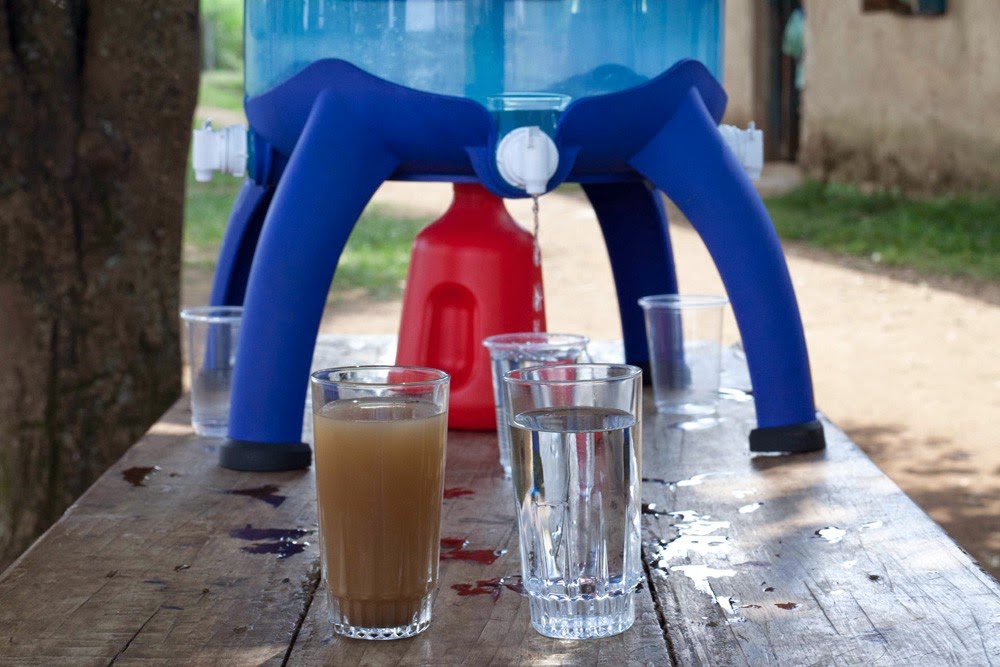Consistent access and cost have been major barriers for other water treatment methods both in terms of firewood for boiling and other household treatment methods available for purchase.

Other projects to improve access to drinking water such as the construction of sheltered springs, boreholes and pumps, do not adequately address the contamination that can occur during transportation to homes or from inadequate storage once in the home.
By providing households with LifeStraw® Family water filters and complimentary health and hygiene education as well as instructions on safe storage, Vestergaard has enabled households to treat their water within the home, cutting down on the risk of contamination and subsequent illness.
LifeStraw® Carbon for Water™ has had an impact in many areas.
- Delivers safe drinking water to 4.5 million people for 10 years to help reduce the incidence of waterborne diseases.
- The largest private sector household level water treatment program in developing countries.
- Financing model overcomes challenges of sustaining public health programs with traditional, limited public sector funding.
- Links payment to performance - carbon credits are not issued until compprehensive audits certify the percentage of households using the filter and volume of water being treated.
- Based on survey data, over 90 percent of households using the LifeStraw® water filter report savings from reduced medical expenditure and/or having to spend less money on fuel for boiling.
- Addresses four UN Millennium Development Goals: reduce child mortality; improve maternal health; combat diseases; and ensure environmental sustainability.
- The first program to directly link carbon credits with safe drinking water. It’s also unique in that emission reductions go beyond a single point source.
- A blueprint for initiatives to derive income from market-based emission reductionsand results-based health outcome

 About 780 million people in the world lack access to safe drinking water
About 780 million people in the world lack access to safe drinking water

No comments:
Post a Comment